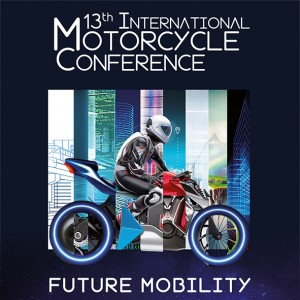Question
How is the speed of the motorcycle taken into account? Are higher speeds than the permitted maximum speeds also taken into account?
Answer by Klemens Schwieger
Speed is considered relative to the mean driven speed of given driver and accelerations and decelerations are derived for this relative speed as well. It is an equal parameter to the yaw-, pitch- and roll-rates used in the estimation. The effects of the value of speed on the risk measurement are affected by the fact that drivers were asked to drive the tracks in 3 different modes (conservative, normal and dynamic), so that changes in speed would be more characteristic of particular road geometries rather than absolute values, since there would be data from each driver at different speeds for every meter on the track.
All driven speeds were taken into account and drivers were asked to remain within the given permitted maximum speeds.
